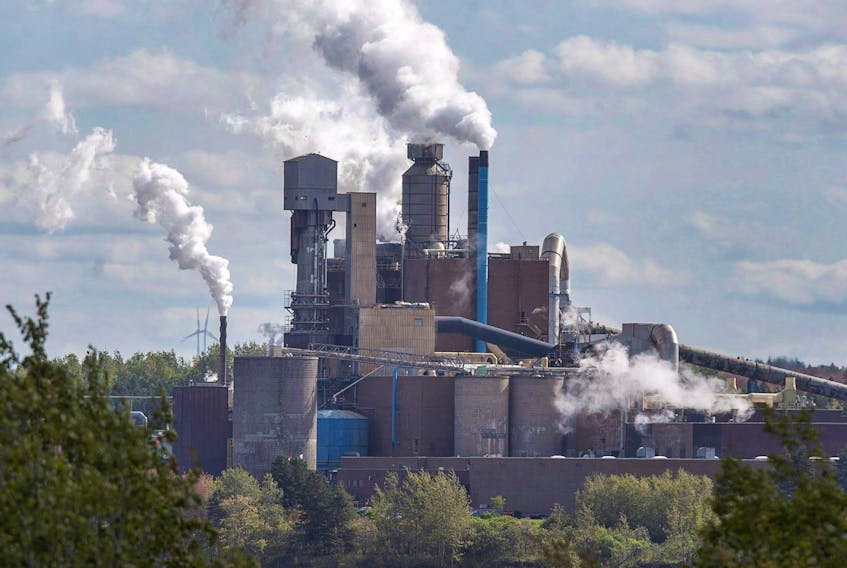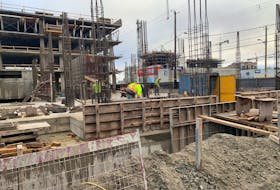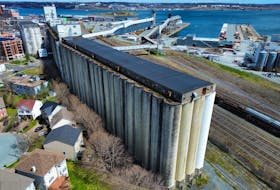PICTOU, N.S. — Central Nova MP Sean Fraser agrees that more information is needed from Northern Pulp before making a final decision on whether to approve an environmental assessment for its proposed new treatment facility.
“From my perspective this was the only responsible path forward,” said Fraser.
He said there are a handful of gaps in the information that’s been provided by Northern Pulp to date.
“There’s been serious engagement by different federal departments who provide feedback into the process, as is usually the case, that have highlighted some of the areas that do require more information to properly assess the nature and magnitude of the potentially harmful consequences.”
He said he was glad to see those issues are being looked into in a greater way by the province.
Areas of particular concern he said are the marine environment on the sea floor as well as certain species at risk that weren’t flagged in the proposal.
Separate from the provincial process, federal agencies also are viewing the project.
The Canadian Environmental Assessment Agency (CEAA) is currently reviewing Northern Pulp’s submission and public comments it has received. When the department is done its review, which Fraser expects to be soon, it will then forward a recommendation on to federal Environment Minister Catherine McKenna, who will have final say on whether a federal assessment will be required. A federal assessment can take up to a year to complete.
“There is also a series of other federal tests or regulatory requirements that need to be met that are not met by virtue of the submission of the EA registration document,” Fraser said. “Things like the wetlands and waterways that support fish habitat could require a specific assessment of that fish habitat by a certified professional.”
While people may not see the behind the scenes work that’s happening, he said there are federal agencies involved all along the process.
“There’s been a lot of attention (on) the issue of whether there will be a federal assessment by the (CEAA), but it’s certainly not the only angle being looked at by the federal government.”
Asked about Prime Minister Justin Trudeau’s comment in P.E.I. on March 4 in which Trudeau indicated that the proposed project would be left to provincial jurisdiction, Fraser said, he doesn’t believe that the prime minister was ruling out a federal assessment.
“His point, as I understood it, was that the province does have the lead and primary jurisdiction on assessments like this. That’s always the case,” Fraser said.
But until the CEAA makes a recommendation to Minister McKenna and she announces her decision, the possibility of a federal assessment remains open, he said.
“The only interplay between the provincial and federal process is that if there’s a full-scale approval by the province and the proponent begins construction, you can’t subsequently conduct a federal assessment,” he said.









